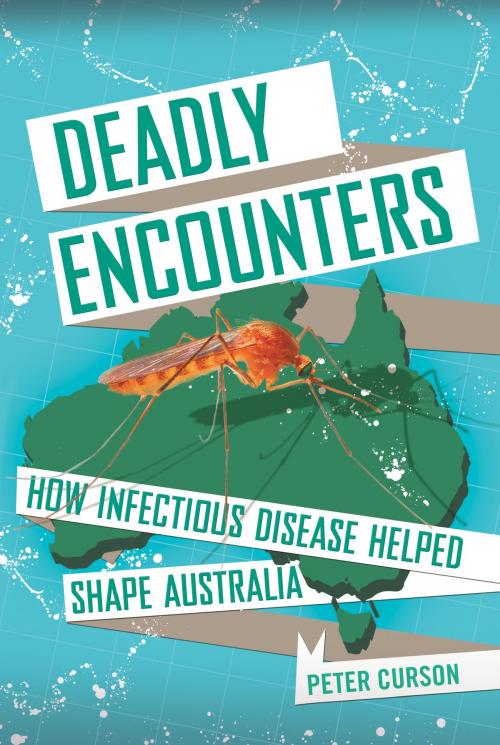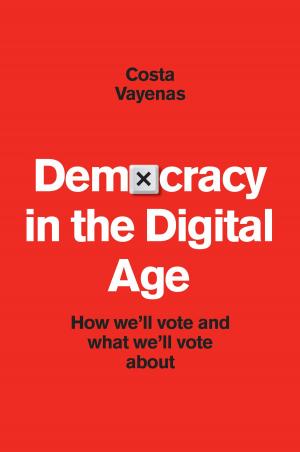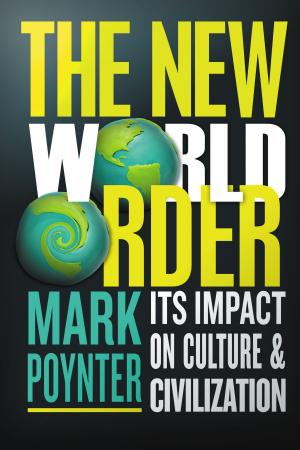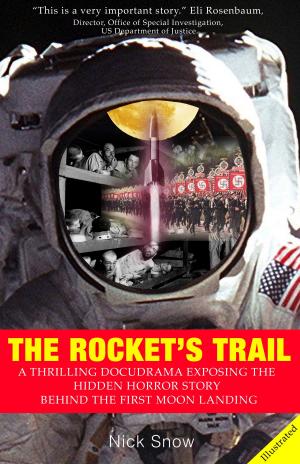Deadly Encounters
how infectious disease helped shape Australia
Business & Finance, Industries & Professions, Quality Control| Author: | Peter Curson | ISBN: | 9781909421677 |
| Publisher: | Arena Books | Publication: | October 19, 2015 |
| Imprint: | Arena Books | Language: | English |
| Author: | Peter Curson |
| ISBN: | 9781909421677 |
| Publisher: | Arena Books |
| Publication: | October 19, 2015 |
| Imprint: | Arena Books |
| Language: | English |
This book is written from an interdisciplinary perspective combining elements of Medical Demography, Public Health, History and Geography. There is much we have to learn from past epidemic encounters and how society responded to such crises.
Recent outbreaks of Swine Flu, Avian Flu and now ebola demonstrate how little we really understand about the human response in such circumstances and how people evaluate risk and exposure in their lives.
The book therefore offers much to the field of Public Health, to the Disasters literature, to those interested in how the media moulds public opinion and to historians, social scientists and geographers interested in how societies and governments behave during major epidemic crises. The book would also have relevance for those charged with developing strategies to manage outbreaks of infectious disease.
Although written from an Australian perspective the message here about how epidemics of infectious disease spread through time and space and how communities react and respond during such confrontations, has widespread relevance in a world regularly confronted by such outbreaks of infectious disease.
This book is written from an interdisciplinary perspective combining elements of Medical Demography, Public Health, History and Geography. There is much we have to learn from past epidemic encounters and how society responded to such crises.
Recent outbreaks of Swine Flu, Avian Flu and now ebola demonstrate how little we really understand about the human response in such circumstances and how people evaluate risk and exposure in their lives.
The book therefore offers much to the field of Public Health, to the Disasters literature, to those interested in how the media moulds public opinion and to historians, social scientists and geographers interested in how societies and governments behave during major epidemic crises. The book would also have relevance for those charged with developing strategies to manage outbreaks of infectious disease.
Although written from an Australian perspective the message here about how epidemics of infectious disease spread through time and space and how communities react and respond during such confrontations, has widespread relevance in a world regularly confronted by such outbreaks of infectious disease.















